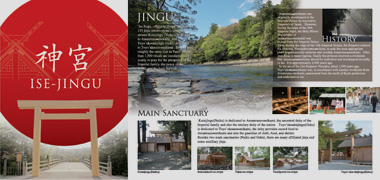
Ise Jingu, officially 'Jingu', includes 125 jinja(shinto shrine), centered around Kotaijingu(Naiku), dedicated to Amaterasu-Omikami, and Toyo'uke-daijingu(Geku), dedicated to Toyo'uke-no-Omikami. Its area is roughly the same size as Center of Paris. More than 1,500 rituals are conducted here yearly to pray for the prosperity of the Imperial family, the peace of the world, and the huge harvest.
Amaterasu-Omikami was originally worshipped in the Imperial Palace by successive Emperors of Japan. However, during the reign of the 10th Emperor Sujin, the Holy Mirror (the symbol of Amaterasu-Omikami) was moved from the Imperial Palace. Then, during the reign of the 11th Emperor Suinin, the Emperor ordered his princess, Yamatohime-no-mikoto, to seek the most appropriate place to permanently enshrine and worship Amaterasu-Omikami. After searching in many regions, finally the princess received a revelation that Amaterasu-Omikami should be enshrined and worshipped eternally in Ise. It is approximately 2,000 years ago.
In the era of the 21st Emperor Yuryaku, about 1,500 years ago, Toyo'uke-no-Omikami was, in accordance with another revelation from Amaterasu-Omikami, summoned from the north of Kyoto prefecture and enshrined in Ise.
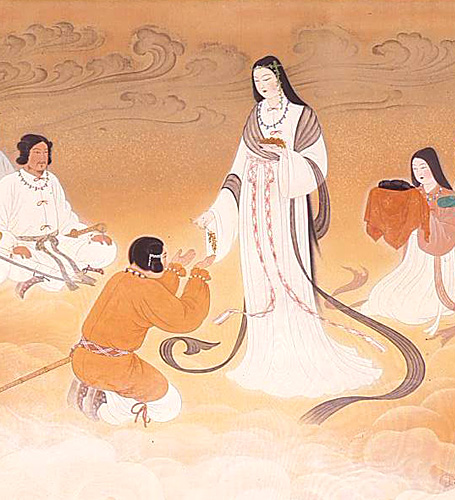
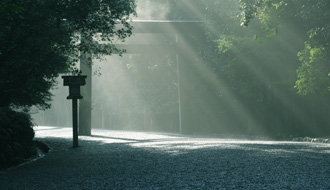
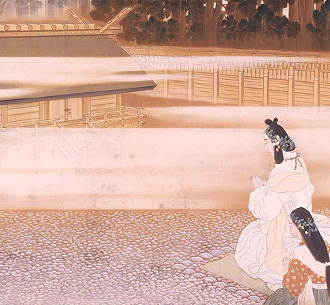
Kotaijingu (Naiku) is the most venerable sanctuary in Japan. Here is a jinja (Shinto shrine) dedicated to Amaterasu-Omikami, the ancestral kami (Shinto deity) of the Imperial family. She was enshrined in Naiku about 2,000 years ago and has been revered as a guardian of Japan.
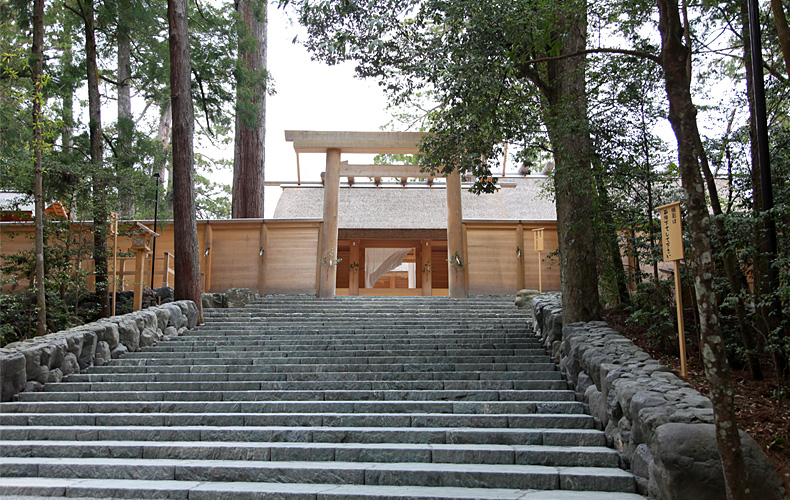
A divine palace of Amaterasu-Omikami stands here. The Holy Mirror (a symbol of Amaterasu-Omikami) is enshrined inside the main sacred palace at the innermost courtyard of the main sanctuary and the main palace is enclosed with four rows of wooden fences. Pilgrims usually worship the enshrined kami in front of the gate of the third row of the fence.
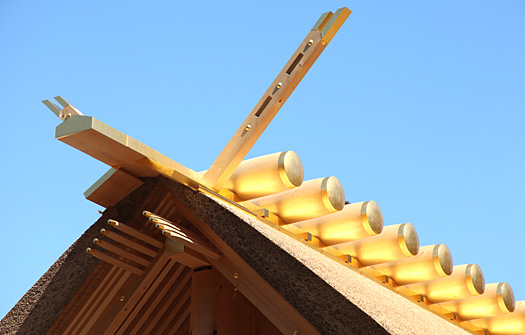
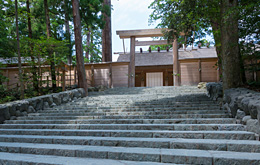
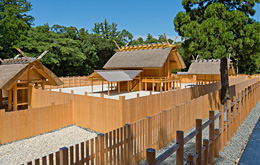
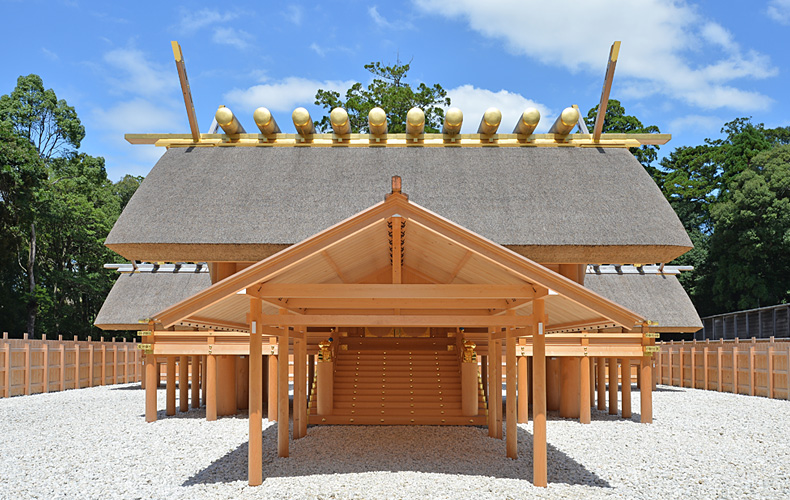
Toyo’ukedaijingu (Geku) is dedicated to Toyo'uke-no-Omikami. Some 1,500 years ago, this kami was, in accordance with a revelation from Amaterasu-Omikami, summoned and enshrined here.
Toyo'uke-no-Omikami joins Amaterasu-Omikami in Jingu as her provider of companionship and sacred foods. She blesses us with abundant harvests and is the guardian of well-being, providing three essentials of human life: cloth, food and shelter.
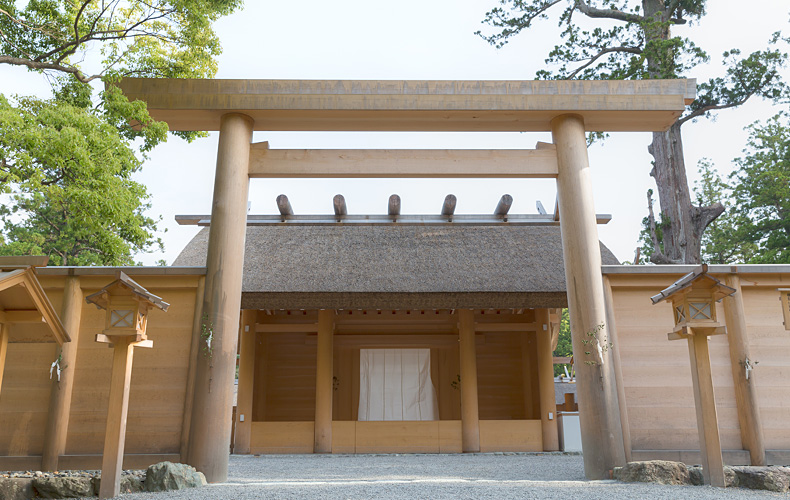
The architectural style of the divine palace of Geku is almost the same as that of Naiku but there is a hall called Mikeden, which is unique to Geku.
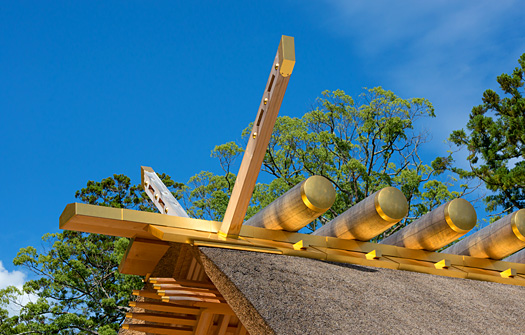
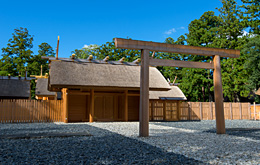
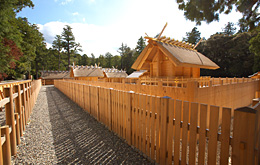
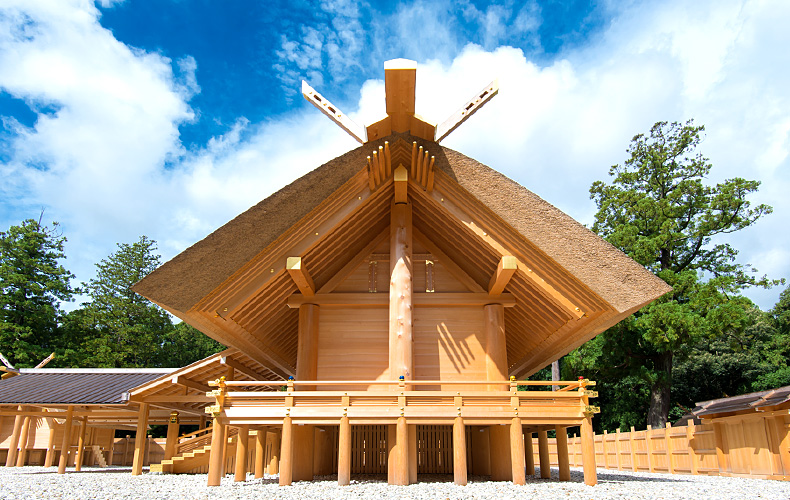
Hall for a personal prayer by offering kagura (ceremonial music and dance).
Ise Jingu is a sanctuary to pray for public happiness. If someone have personal wish, he or she can dedicate a prayer by offering kagura to kami of Jingu. Amulets of Jingu can be obtained here.
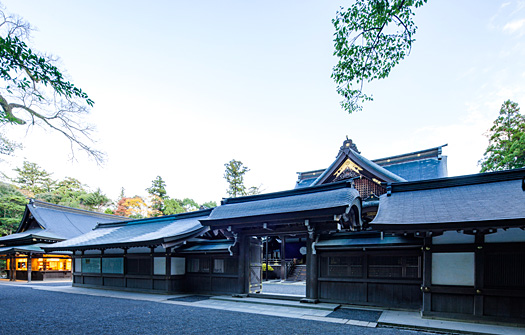
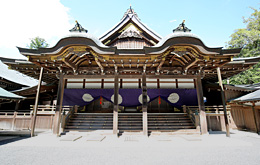
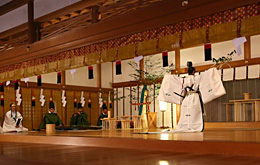
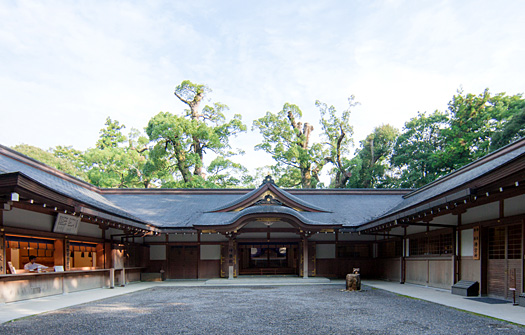
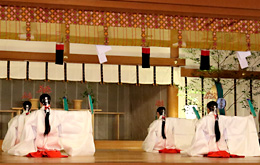
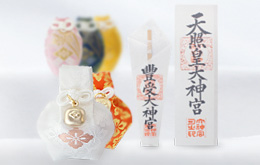
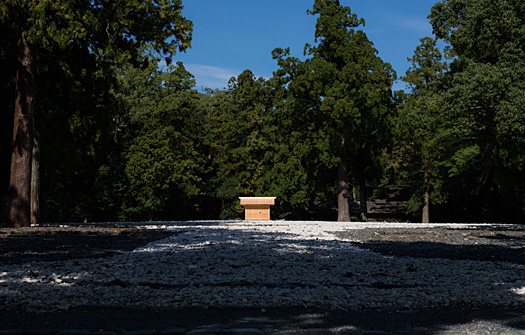
Here is the alternate site where the previous divine palace stood. On the occasion of the next Shikinen Sengu, a new divine palace will be con-structed here.
This bridge spans across the Isuzugawa River at the entrance of Naiku and is said to separate a sacred realm from the daily world. The architectural style of the Ujibashi Bridge is purely Japanese and its length is over 100 meters.
This Bridge is rebuilt every twenty years as a part of Shikinen Sengu (a periodic transfer of the divine symbol to a divine palace which is newly constructed every twenty years).
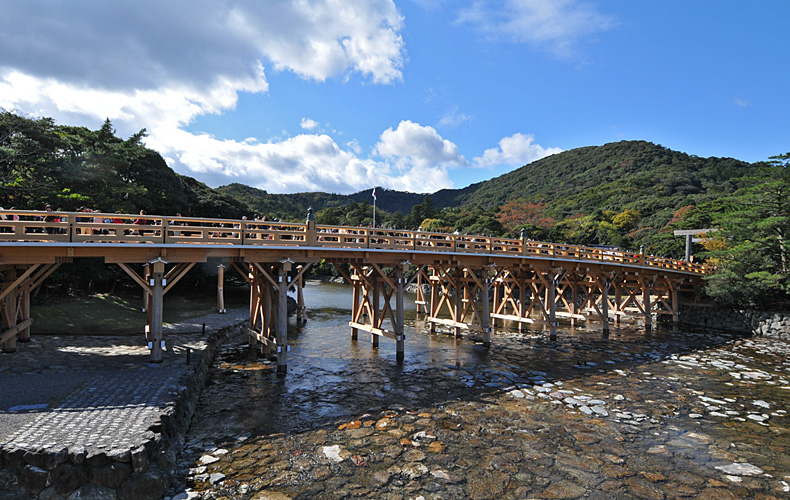
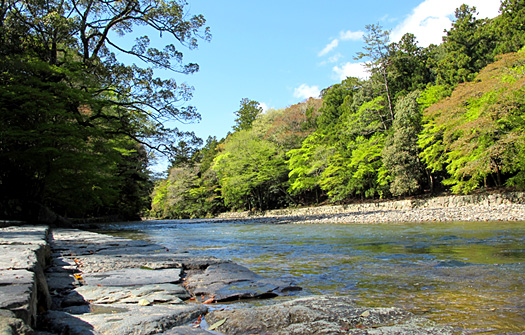
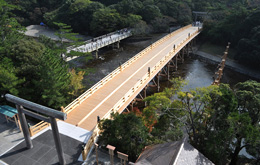
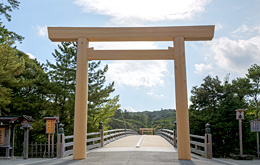
Adobe Reader is required to view PDF documents.
Adobe Reader (free) download








